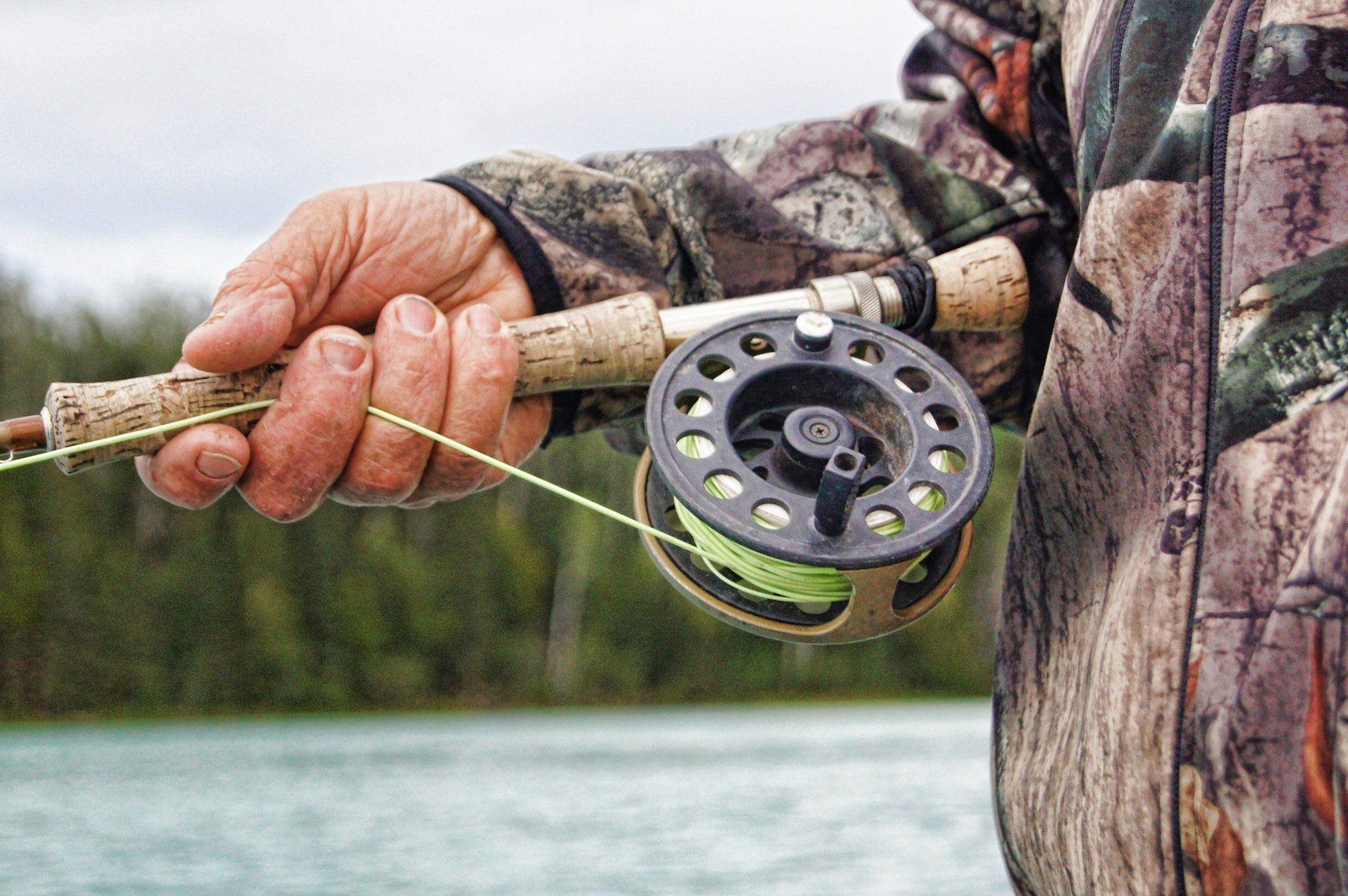Buzzers and In-the-Film
There is no reason that fishing with buzzers, klickhamers, CDC flies and other emergers should also not be successful – the key is matching the pupae to those naturally available – so if you know you entomology this should reap rewards.
Dapping
A method which goes in and out of fashion is dapping. Essentially, a very long rod 16’ to 20’ is used in combination with a windblown floss line to bounce a large and bushy fly on the surface of the water either at the edge of wind lanes, or above known holes. It is a method where you can experience the most spectacular sea-trout and salmon takes, however holding a large rod for a long period of time in roughly the same position can take some dogged persistence.
Very bushy Daddies and dapping variants of Loch Ordie, Claret Bumble, and Clan Chief would be a good start in this direction.
A chance of a fish like this can be grasped on many of our lochs.
Lure
On non- top-of-the-water days using lures can be a successful method, but the thing you need to consider most is the normal prey.
When you are after brown trout their non-insect prey will be salmonid fry and fingerlings (trout, char, salmon), elvers, sticklebacks, amphibians (newts, frogs and toads). Therefore select lures that mimic, or possess triggers, for the above groups.
Salmon and Sea Trout, will be the same as in any other catchment area.
Dry Fly
Hatches in the far north-west happen when the opportunity arises, and ephemerids (may-flies) and sedges can be found when the weather is suitable, as are the ubiquitous buzzers and midge.
Terrestrial flies are well worth a try as there make up a significant part of the trout diet – bet guide is shake a bush or rummage round a tussock and match what you find.
Modern dry-fly
There has developed a method of dry fly fishing on highland lochs based on using foam body dry flys with overlong rubber legs – these flys have a high plop factor aimed at mimicking the landing of a terrestrial insect on the water, with the added bonus of rubber legs that continue to stimulate the water surface when the fly is relatively static. Although not a magic built, it is worth having in your repertoire.

